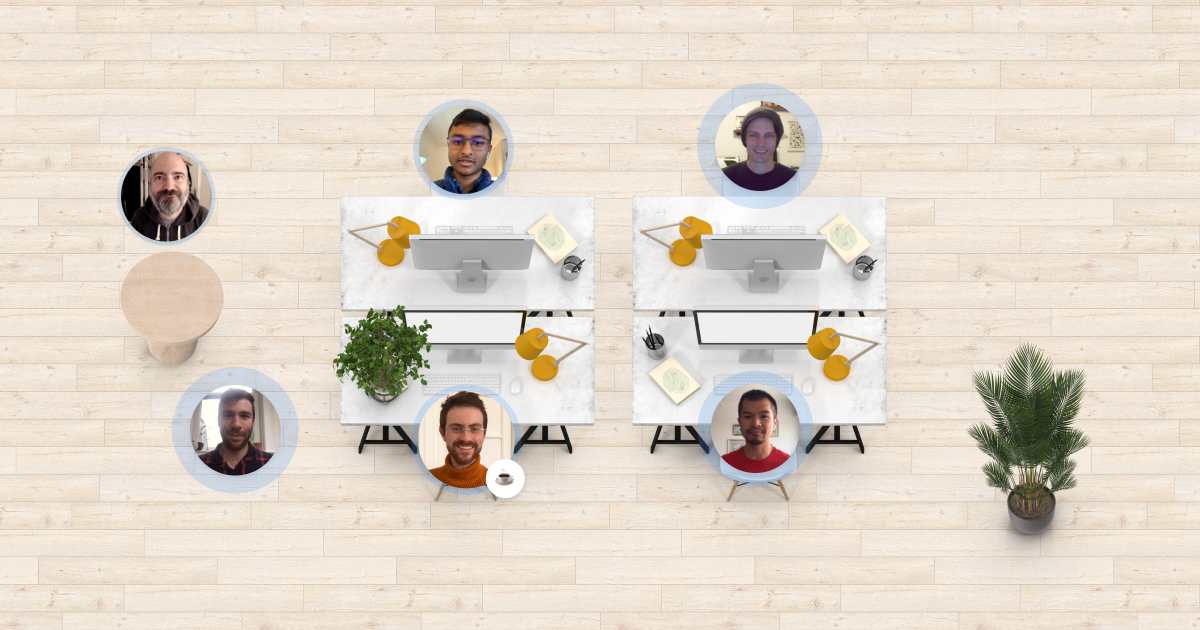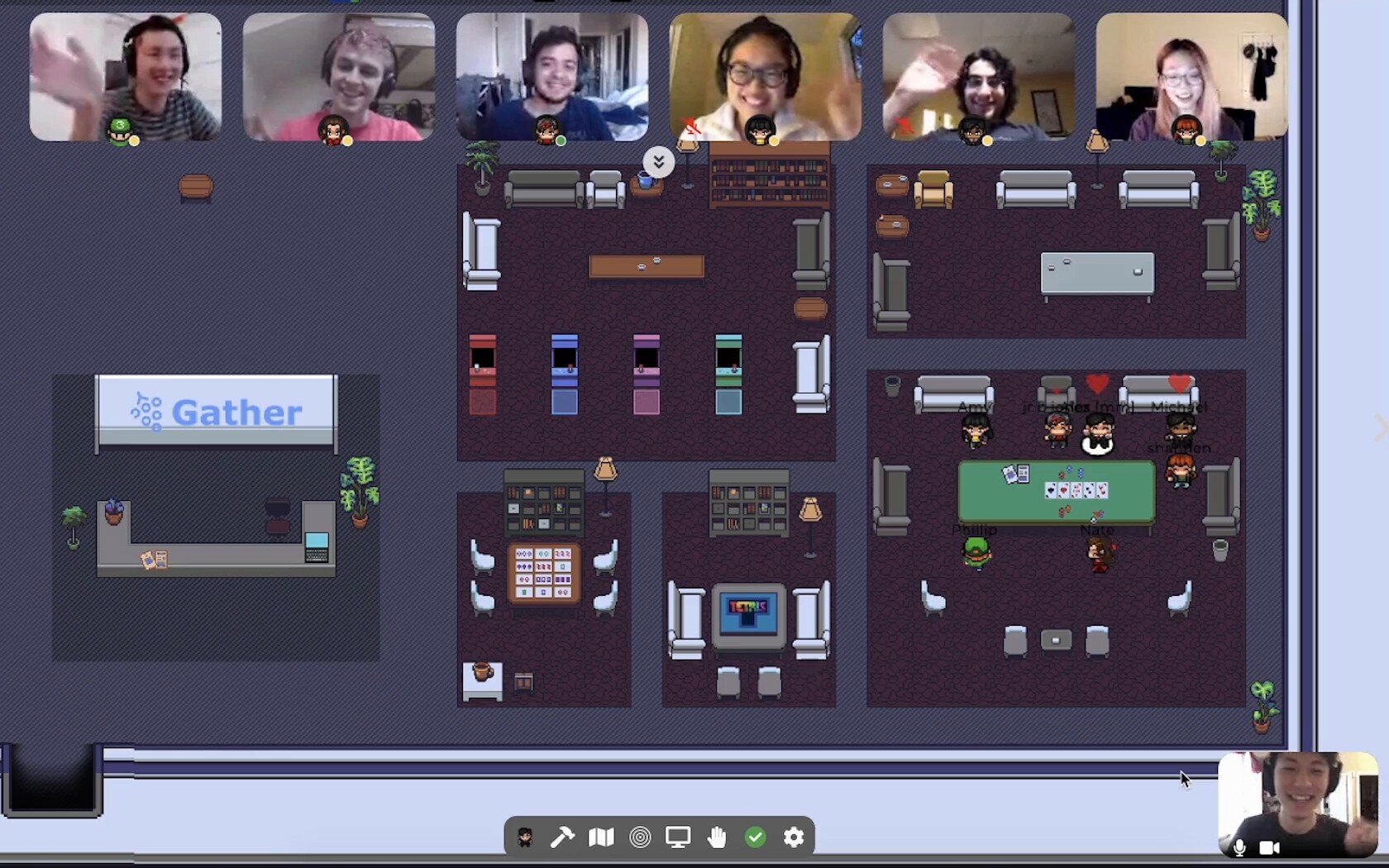Three video trends for 2021
It's January 2021 and we have officially entered the Video-First Era. In the Video-First Era, all but the most necessary and consequential conversations happen over video. I'm writing a book about it!
Most of the world is still in lockdown, but it's clear that even after the pandemic is over, remote work will reign supreme and video is the key to harnessing the life-work balance that the next decade promises. With that lofty intro, here are three ways to use video this year.
Video Trend #1: Short video is a huge opportunity in 2021
YouTube Shorts, Twitter Fleets, LinkedIn Stories, and Pinterest Story Pins all debuted in the second half of 2020. Google is about to rollout short video results in search. Users are spending more time in TikTok than Facebook. What this means is that 15-60 second video clips that were previously limited to the walled gardens of Snapchat, Instagram, and TikTok are going to become searchable.
I see a huge opportunity here, so much so that we changed our base service offering on Edit Video Calls. When we launched, we delivered a single video that was in the 1-3 minute range, and generally in square dimensions optimized for Facebook and LinkedIn posts.
But with this trend towards short videos, we want our clients to utilize Stories formats to maximize their reach and investment. We now deliver a secondary edit that is a vertical 15-30 cut down of the posts video for no additional cost. We can also create versions for the Instagram feed, TikTok, and more. Each of these formats is under 60 seconds.
Posts and Stories go together like PB&J - especially if they're videos.
First mover advantage
Because these formats are so new, there's not a lot of competition here. When I look at Twitter Fleets, I'd say 70% are just tweets that the tweet-er has fleet-ed (ugh.. these verbs!).
Especially on a platform like LinkedIn, I think there's a great way to improve organic reach with a Story, and use that story to promote a more substantive Post. The same idea holds true for Instagram: use a Story to promote a 3 minute video on IGTV.
This strategy is working for our clients. The call to action at the end of the video on Posts and IGTV is often "DM me to learn more" and I know for a fact that those DMs are being sent. For people who do business on social media, DMs are the most underrated metric... but that's a post for another day.
Here's a great post on Indie Hackers that talks about the opportunity as it relates to ads and SEO. The writer includes an example about how the Morning Brew newsletter grew like crazy when they launched one of the first ad campaigns on Instagram Stories.
Reels
A lot of Instagram power users are complaining that their engagement is suffering. Why? They're not using Reels.
"Reels are the current cheat code to success for Instagram right now," writes Rachel Reichenbach in December 2020. In a wide ranging post she spills all the secrets from her meeting with an Instagram rep.
Instagram Reels are IG's answer to TikTok: 15-30 second videos. According to Reichenbach, when you post just one Reel a week, the rest of your posts for the week will get a bump in the algorithm. That's how hard Instagram is pushing this feature.
If Instagram is a platform you care about, you have to be using Reels.
Video Trend #2: Replacing Zoom calls with asynchronous video
As I've been doing research for my book due in August 2021, I've been learning a lot about meetings - when to have them, who should be invited, how to conduct them. An article I source in the book claims that half of meetings are deemed a waste of time. Meetings are an afterthought of modern work and it's killing our productivity. I recommend watching Basecamp's Jason Fried's TED Talk way back in 2010 about it.
It boils down to this: we can't do work at work because of constant interruptions. Right now we're working remotely and theoretically there should be fewer interruptions, but we're keeping the same dysfunctional habits of the office. This is Zoom fatigue.
Next time you think about having a meeting, send a video instead. Tools like Loom and Descript make it easy to film and share a video for feedback, updates, and other uses.
Here's a video I sent to my team as we were working on the new homepage video for Edit Video Calls:
So many advantages to this approach including:
- Viewer can watch on their own time
- Viewer can watch it at 1.5x or 2x speed
- Comments and collaboration can happen right on the video page
- The video can be easily shared with others
And best of all, it saves you from a Zoom call. You're welcome!
Video Trend #3: Virtual workspaces
I'll be honest, I ignored this at first when I first started writing my book in October 2020. But a few months later, I'm really starting to see the value.
Several virtual workspace platforms have emerged in the past few months including Teamflow, Gather, Topia, Pluto, With, and a host of others. Some, like Teamflow try to replicate an office with their design - modern furniture and clean workspaces. Others, like Gather, look more like a video game.


These platforms are trying to replicate physical spaces which can help teams collaborate and communicate better remotely. Why a virtual workspace? Here are a few reasons:
- Spaces for teams and tasks. In real life, big projects may necessitate taking over a conference room for "war room" and filling it with post-its, posterboard and and whiteboards. Now, digital war rooms be created, used, saved, and recalled. An infinite number of rooms can be created, one for each client or task.
- Spaces for individuals: Think about the spaces in a coworking space: a lounge or seating area, large tables for hot desking, private booths for calls, and conference rooms. In a virtual office each of these can be recreated and used for similar tasks. Working at a long table together fosters collaboration. Working by myself in a lounge signals not to bother me.
- Brings apps together: Messaging and video playback can happen all within the virtual space.
- Verbal communication within earshot: Unlike Zoom, if I want to speak to someone at a virtual office, I have to walk around to find them. Walking around allows moments of serendipity as I pass by coworkers. That's an experience that many remote workers think is missing from the remote experience.
- Supports all the other reasons why remote work is superior to office work. No commutes, work anywhere, work for any company, healthier planet, flexible schedules, etc.
What do these three items have in common? They help us communicate better using video that doesn't require cameras and scripts. You could even link these three trends together:
- Record an in person meeting in your virtual office ➡️
- Share takeaways to someone on the team with Descript ➡️
- Clip that recording into a Reel and share with your audience telling them your team is working on. 🥳
I'm excited for 2021 and the Video-First Era!